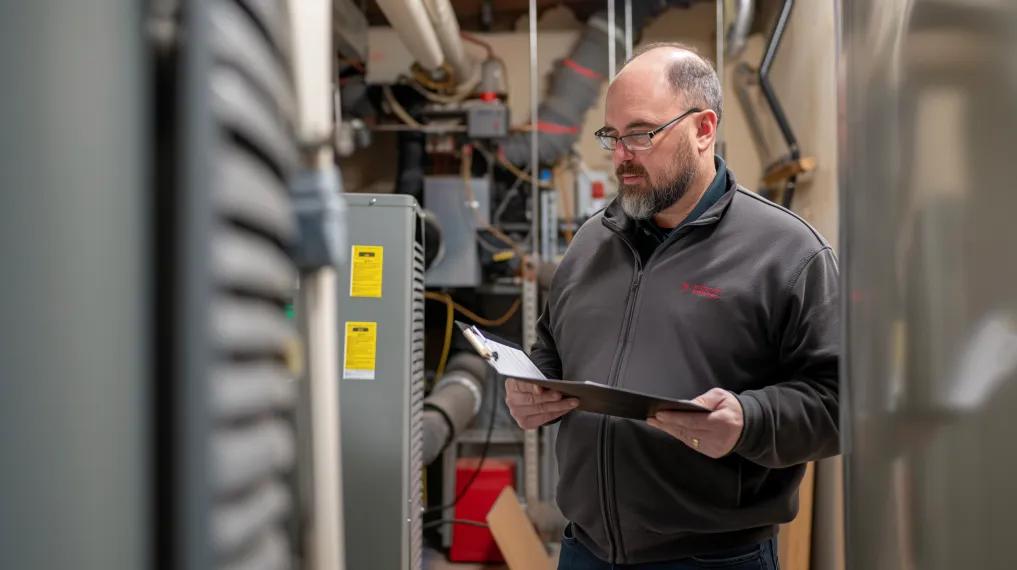A Guide to AC Drain Pan Replacement

Aside from keeping you cool during scorching summer days, your central air conditioner or heat pump also balances humidity levels to ensure your home doesn’t feel stuffy and muggy. But where does all that moisture that’s pulled from the air go? It’s directed into the AC drain pan first before being funneled away from your home.
If issues arise with this small yet crucial AC component, it can lead to water leaks, resulting in damage and potential mold growth. In this guide, HVAC.com discusses how an AC drain pan works, signs indicating the need for AC drain pan replacement, and the associated costs.
How Does an AC Drip Pan Work?
As warm, humid air passes over the chilled indoor evaporator coil, moisture in the air condenses onto the coil’s surface. The water droplets then slide downward off the vertical coil and into a one-inch drain pan directly below. The collected water is then drained away to prevent pooling inside your unit and causing damage.
Signs You May Need to Replace the Drip Pan
Air conditioner drip pans are meant to last the lifespan of a central air conditioner, which is about 15-20 years. But several factors can lead to premature AC drain pan replacement. Over time, wear and tear, exposure to moisture, and even a lack of maintenance can damage the pan.
Some common signs your AC drip pan may need to to be replaced by an HVAC professional include:
Visible Damage
Cracks, rust, or corrosion on the AC drip pan are clear signs it needs to be replaced. Inspect the pan closely for damage, especially along the edges and corners where it’s most likely to occur.
Drain pans are located in the indoor unit, underneath the evaporator coils. Make sure to turn off the power to the air conditioner unit by flipping the switch that’s located near the air handler or furnace. Open the access panel or cover to access the pan to inspect for damage. If you’re uncomfortable performing these tasks on your own, contact a professional HVAC technician.
Pooling Water
Pooling water around your indoor unit likely indicates a compromised drain pan or a drain line clog. If the drain line is the problem, a technician can unclog it without replacing the pan.
Musty Odors
If you notice a damp or musty smell coming from your AC, it could signal mold or mildew growth due to a broken drip pan. Mold thrives in damp, dark places, and your HVAC system is the ideal breeding ground if it’s leaking water.
How to Prevent Problems with Your AC Drain Pan
To prevent potential issues with your air conditioner’s drip pan, schedule regular AC maintenance with a qualified HVAC technician. During an annual tune-up, a professional will inspect the condensate drain pan and drain line for any issues and recommend the needed repairs.
Spring is the ideal time for maintenance, although you should contact a professional right away if you notice pooling water or musty odors emanating from your system.
The Cost of AC Drain Pan Replacement
The cost of installing a new AC drain pan can vary depending on factors such as the type of unit, accessibility, and labor rates in your area. On average, homeowners can expect to pay about $30 to $150 for the actual drain pan, with additional costs for labor ranging from $75 to $150. In total, the cost, including installation, ranges from $100 to $300.
Your air conditioner’s drain pan plays a crucial role in effectively removing moisture from your HVAC system to the exterior to safeguard your home from water damage and mold. By understanding how it works, recognizing signs of damage, and prioritizing regular maintenance, you can ensure your AC system operates efficiently for years to come.